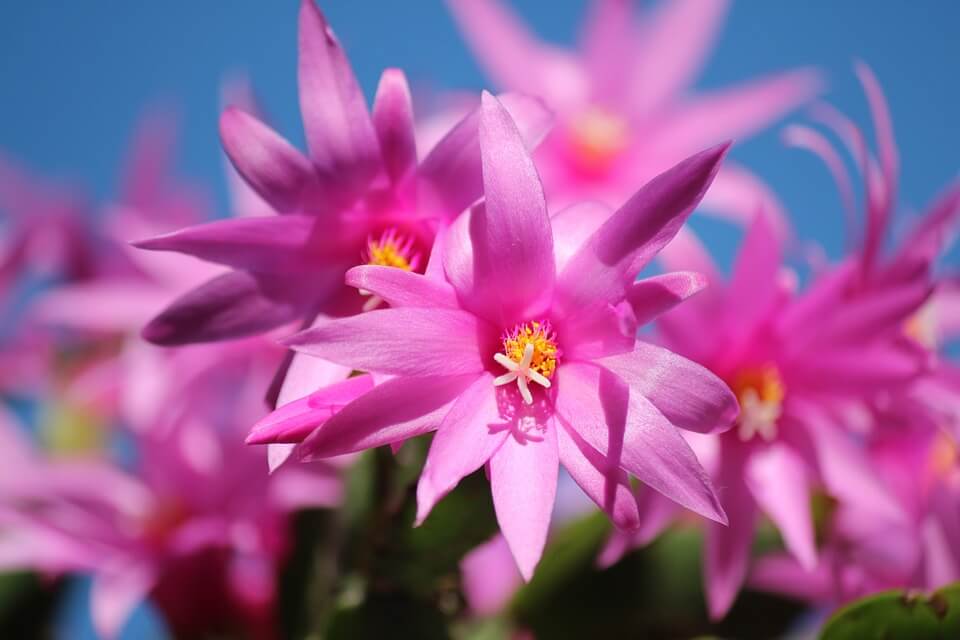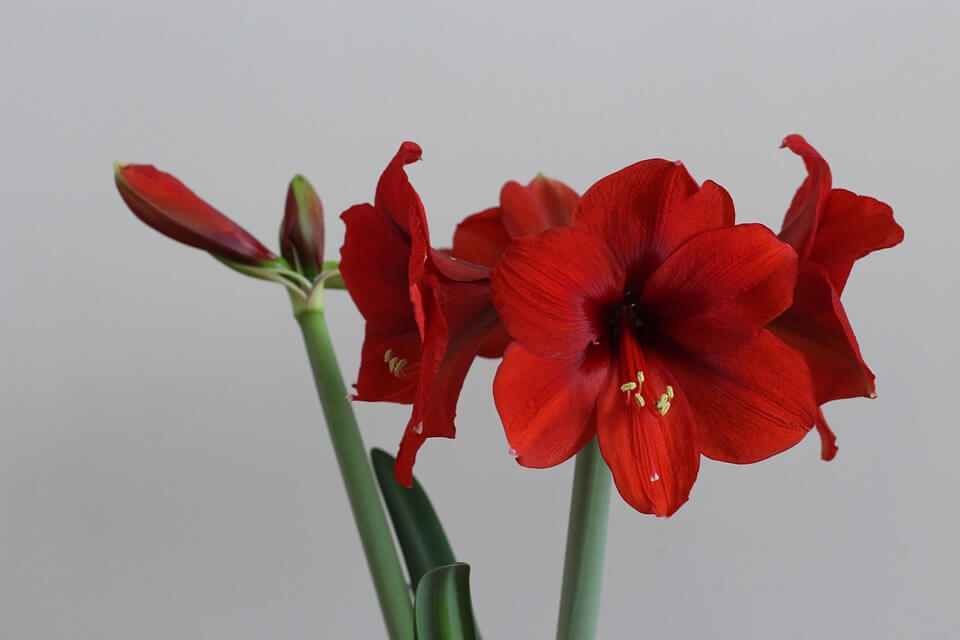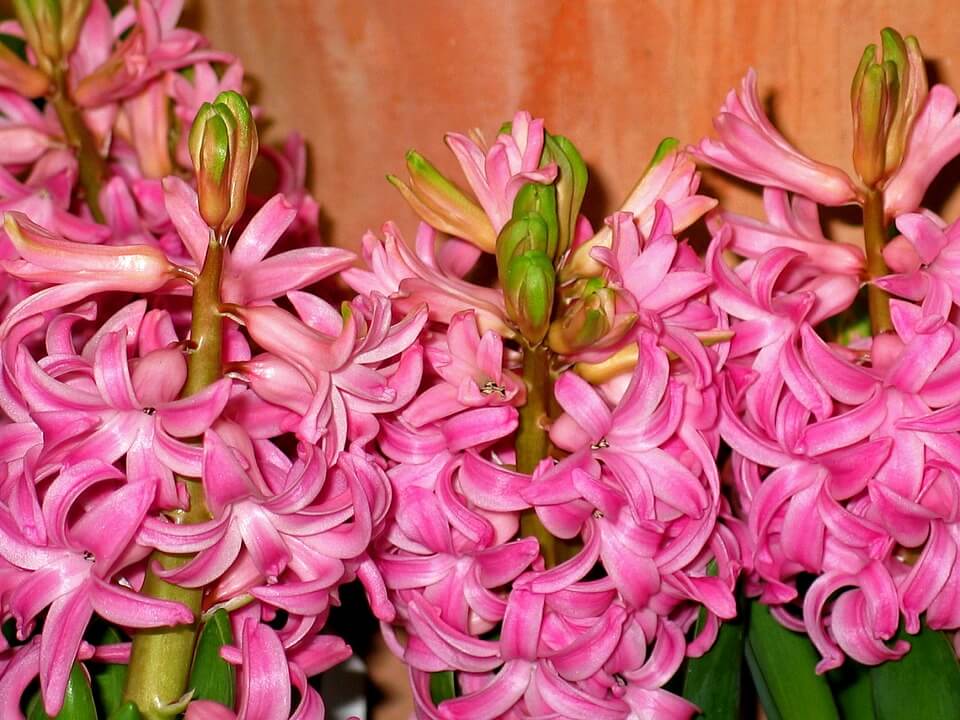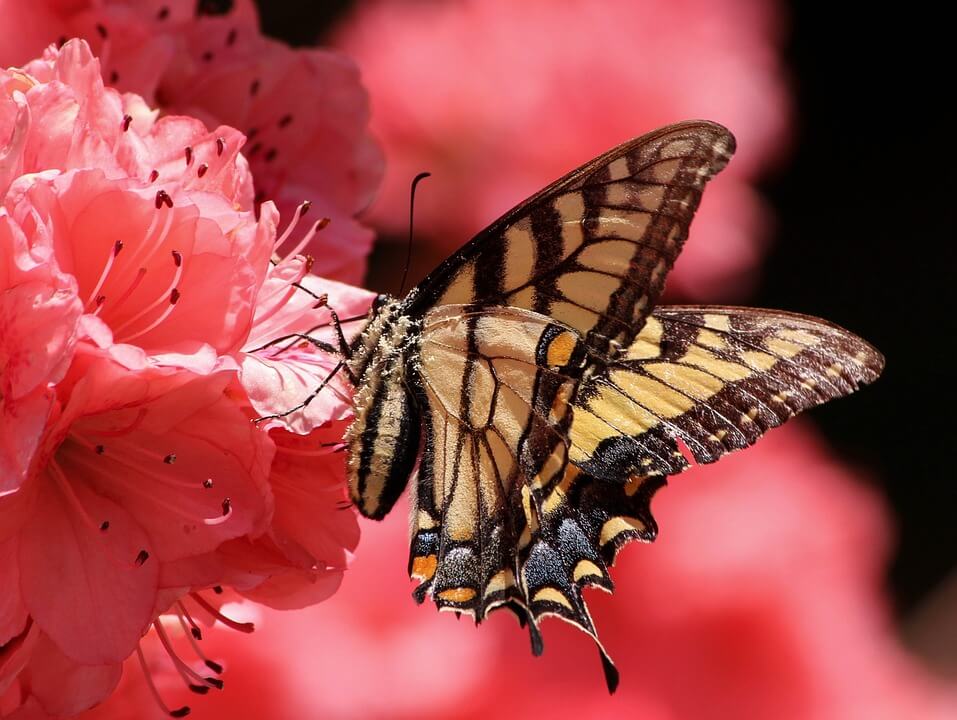There have been a number of new trends in Christmas plants, where gardeners have sought to brighten up their gardens and homes with new exotic varieties. Our traditional roster of Christmas plants consists primarily of evergreens that can subsist in Northern Europe’s cold winters. These plants – coloured green, red and white – are often shrubs with berries. Now, plants brought in from further afield include hardy winter-flowering plants suited for Europe’s climate and other ill-suited plants to be grown indoors.
Christmas Cactus

The Christmas cactus originates from the Brazilian rainforest and is related to Christmas only inasmuch as it flowers from late November to early January. A competitor to the Mexican poinsettia, the plant also blooms in pink, red and white but has a long life span. Grown as a houseplant, it is vulnerable to temperatures below 10°C although it is relatively easy to grow. As a cactus, it is necessary to give the plant a resting period after it flowers through watering only so it does not dry out. Interestingly, as an epiphyte the plant can grow harmlessly on other plants.
Christmas Rose
The Christmas rose is a bit of a misnomer for the plant is a helleborus, rather than part of the rose family, and often flowers from January to March as opposed to December. Brought over from the Alps, this hardy perennial is well suited to the temperate climate of the United Kingdom. The variety associated with the Christmas rose is the ‘Potter’s Wheel’ variety with its white petals and golden stamens. More recent popular varieties include the early flowering ‘Praecox’ variety that can flower for Christmas, and the ‘Snow Frills’ variety that is designed to flower from late autumn to early winter and is characteristic for robust double-flowers.
Hippeastrum

Recently, the Hippeastrum has gained popularity as a Christmas plant. While the genus comprises of around 90 species, the most popular varieties resemble a six pointed star. Included in this is the ‘Double Delicious’ with its Christmassy bright red petals. Originating from the Caribbean and South America, it is necessary to keep the perennial indoors at Christmas, although can be left outside in the warmer months.
The Hippeastrum is sometimes confused with the Amaryllis. This confusion originates out a dispute between botanists over the taxonomy of two similar genera from different continents. Subsequently, it was decided that the plant in question – the plant from South America – should be labelled a Hippeastrum, while the plant from South Africa an Amaryllis.
Hyacinthus

Hyacinths are the indoor pot plant par excellence as they are leafless, fragrant and highly prolific at producing star-faced bells. As they usually flower in the spring, you will need to buy the special winter flowering varieties. They can be planted in September and October, although they are usually brought in once the temperature drops, and it is recommended that you transfer them to pots once they reach 4 to 5cm high. Particularly popular at Christmas is the ‘Pink Pearl’ variety with its two shades of pink.
Crocus
Crocuses may not be on everyone’s mind at Christmas as they usually come in yellow or purple and flower in autumn or spring, however there are winter-flowering varieties. Varieties sold include the white ‘Snow Bunting’ and others that are often hybrids.
Azaleas

Recently Azaleas have been shaped into Christmas trees to provide a colourful companion to the Christmas tree (although they are probably best left in another room). Varieties chosen are in the colours of Christmas such as the bright red of ‘Andy Wery’ or the appropriately named ‘Koster’s Brilliant Red’.
–
Jorge works in the Primrose marketing team. He is an avid reader, although struggles to stick to one topic!
His ideal afternoon would involve a long walk, before settling down for scones.
Jorge is a journeyman gardener with experience in growing crops.